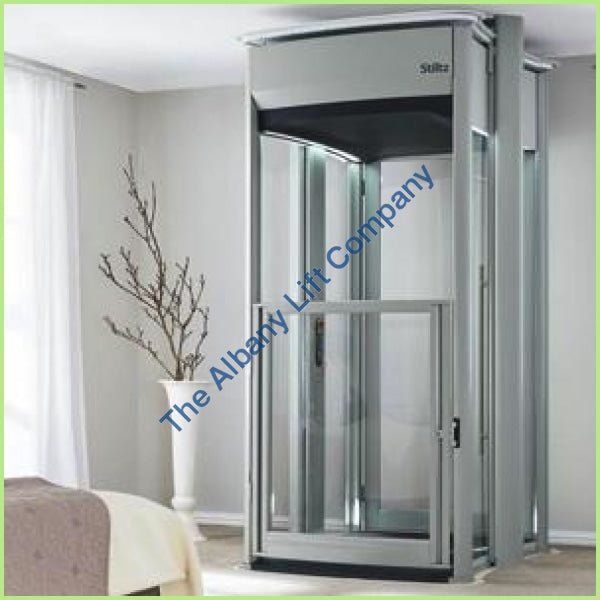We Maintain Lifts to the Highest Possible Standards: Reliable Service for All Lift Types
We Maintain Lifts to the Highest Possible Standards: Reliable Service for All Lift Types
Blog Article
Exploring the World of Lifts: Usual Concerns Encountered by Various Lift Systems
As we browse with the upright transport systems of modern-day buildings, elevators stand out as an important component of our day-to-day lives. From hydraulic elevators to grip systems and machine-room-less styles, each lift type comes with its set of common problems.
Hydraulic Lifts
Hydraulic elevators, usually chosen for low-rise buildings, use fluid stress to manage the movement of the elevator cars and truck (lift repair companies). This mechanism includes a hydraulic pump pressing oil into a cylinder, triggering the lift to relocate the preferred instructions. While hydraulic elevators are understood for their smooth and quiet procedure, they do feature their very own set of usual concerns
One widespread trouble with hydraulic lifts is oil leak. The seals in the hydraulic system can break in time, causing oil seepage. This not just produces a mess however can also influence the lift's performance if left unaddressed. Furthermore, issues with the control system, such as damaged shutoffs or a malfunctioning pump, can create disturbances in the elevator's activity.
Regular upkeep and punctual repair services are necessary to make certain the smooth functioning of hydraulic lifts. By dealing with these typical concerns proactively, building owners can lessen downtime and make sure the safety and security and effectiveness of their vertical transport system.
Grip Elevators
When considering upright transport systems in structures, one more usual kind in addition to hydraulic lifts is the grip elevator. Traction elevators run using a system of ropes and counterweights that move the lift vehicle by clutching onto the hoist ropes. This mechanism enables smoother and faster vertical transportation contrasted to hydraulic systems.
Among the common problems encountered by traction elevators is rope wear. The constant motion of the ropes within the grip system can result in wear and tear gradually, potentially causing the elevator to breakdown or become unsafe for usage. Regular assessments and upkeep of the ropes are necessary to make sure the elevator's appropriate functioning and security.
One more concern that grip lifts may run into is associated with the control system. Troubles with the control system can result in problems such as erratic motion, delays in action times, and even full closures. Routine screening and maintenance of the control system are important to stop such problems and make sure the elevator's reliability.
Machine-Room-Less (MRL) Elevators

Among the essential parts of MRL elevators is the small gearless grip machine that is mounted within the hoistway. This maker successfully drives the elevator car without the need for large equipment found in traditional traction lifts. In addition, MRL lifts typically use a counterweight system to stabilize the auto, more improving their power efficiency.
Regardless of their advantages, MRL elevators might encounter obstacles connected to maintenance and fixing because of the confined area for equipment installment. Ease of access for servicing elements within the shaft can be restricted, needing specialized training for specialists. Appropriate upkeep timetables and regular inspections are important to guarantee the continued smooth operation of MRL elevators.
Overloading and Weight Limit Issues
Are lifts equipped to manage excess weight tons efficiently and securely? Overloading and weight limitation concerns are crucial worries in lift procedures. Lift producers design raises with details weight abilities to ensure traveler safety and security and devices durability. Surpassing these weight limitations can bring about numerous troubles, consisting of mechanical failings, hold-ups, and safety dangers.
When lifts are overloaded, it places extreme strain on the motor, wires, and other components, potentially creating malfunctions or breakdowns. If they discover excess weight, safety and security systems such as sensing units and overload sensors are in place to protect against elevators from relocating. In addition, exceeding weight limits can bring about increased energy usage and damage on the elevator system.
To reduce overwhelming problems, building supervisors must plainly show weight limits in elevators and enlighten residents on the importance of adhering to these limitations - lift repair companies. Routine maintenance checks by qualified professionals can likewise help ensure that lifts are running within safe weight parameters. By addressing overloading and weight limit problems proactively, structure owners can enhance lift safety and performance
Electrical System Failings
Going beyond weight limits visit this website in lifts can not only result in mechanical concerns but also possibly contribute to electrical system failings within the lift framework. Electrical system failures are a crucial worry in lift procedure, as they can trigger unanticipated shutdowns, breakdowns, and even safety hazards. One typical electric problem is the overheating of components as a result of extreme current circulation caused by straining the elevator beyond its ability. This can lead to harm to the control, electrical wiring, or motor systems, leading to pricey repairs and downtime.
Routine upkeep and inspections are important to determine and address prospective electric concerns quickly, ensuring the secure and efficient operation of elevator systems. By sticking to weight restrictions and performing regular electrical system checks, building owners can reduce the threat of electrical failures in elevators.
Final Thought

Hydraulic elevators, frequently favored for low-rise buildings, use fluid stress to manage the motion of the elevator car.When thinking about upright transport systems in structures, an additional usual kind apart from hydraulic elevators is the grip elevator. Grip lifts operate using a system of ropes and weights that move the elevator car by gripping onto the hoist ropes. Unlike traditional elevators that require a separate maker room to house the devices, MRL lifts integrate many of the components within the shaft, getting rid of the need for a dedicated maker room.In conclusion, lifts encounter usual issues such as hydraulic malfunctions, traction system failings, and electric system troubles.
Report this page